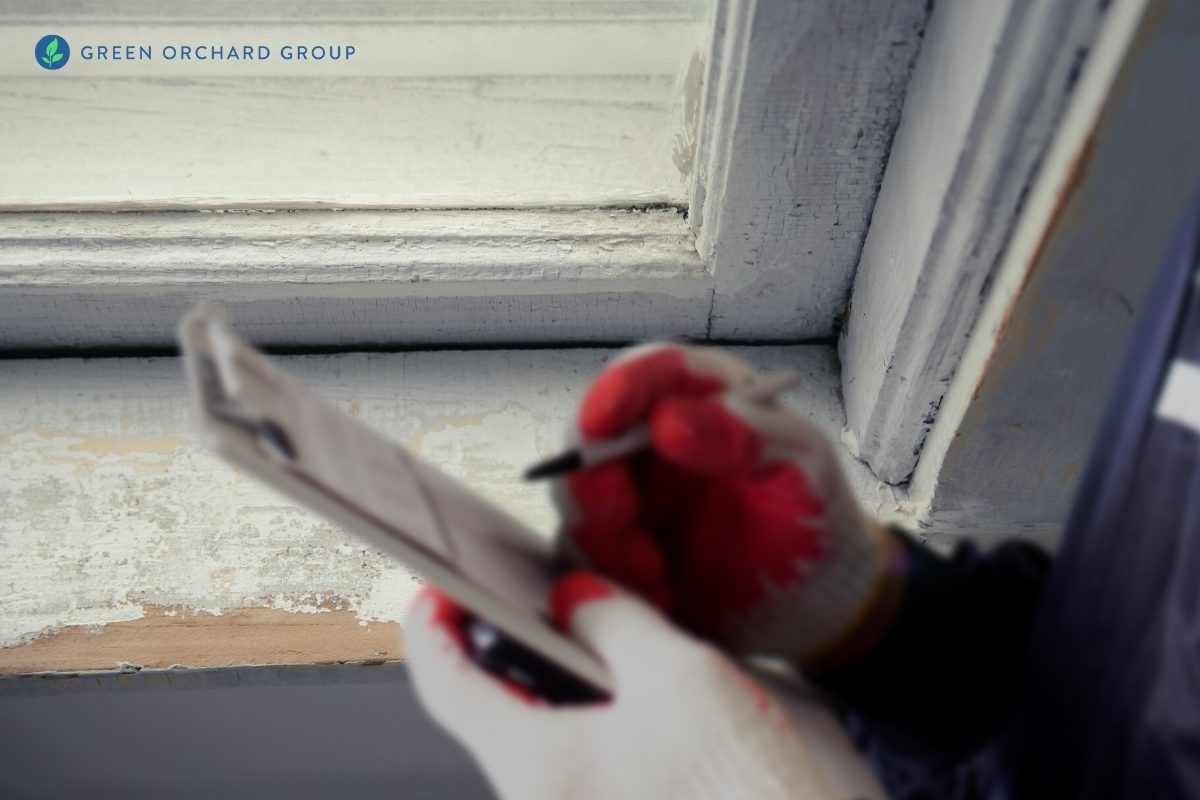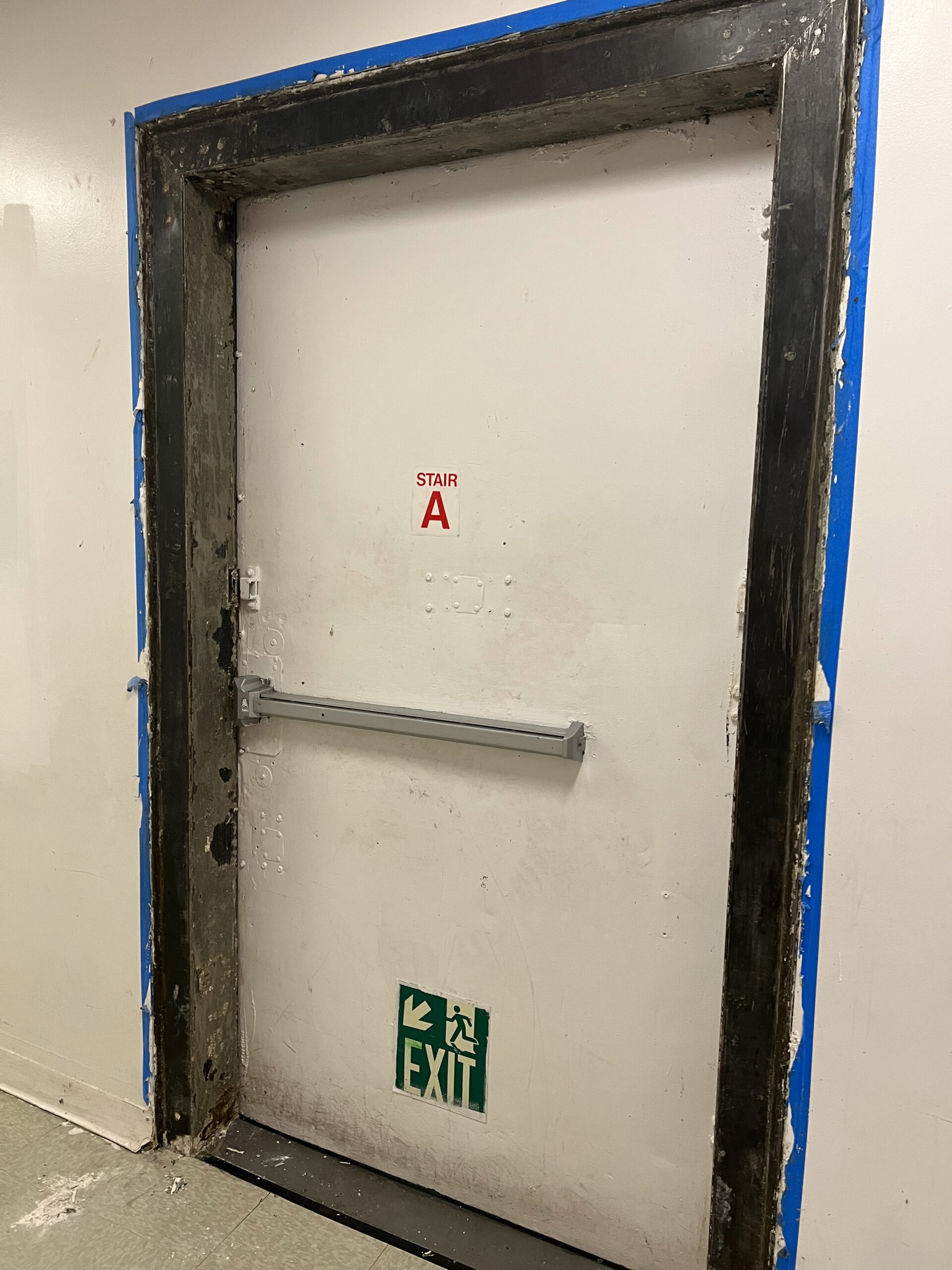Lead Paint Removal Service-- NYC's Trusted Solutions for Lead Safety
Lead Paint Removal Service-- NYC's Trusted Solutions for Lead Safety
Blog Article
Important Devices and Strategies for Effective Lead Violation Clean-up
Addressing lead offenses successfully necessitates an extensive approach that mixes the right devices with strategic techniques. Concurrently, the use of specialized cleaning devices, such as HEPA vacuums and lead-specific cleaning agents, is necessary for thorough impurity removal. Efficient containment methods, including plastic bed linen and unfavorable air pressure systems, are crucial to avoid the spread of harmful products.
Individual Protective Devices
Personal safety devices (PPE) is a critical element in the reliable administration of lead contamination clean-up. PPE offers as a crucial barrier, guarding workers from the dangerous impacts of lead exposure, which can cause severe health repercussions. The essential PPE for lead clean-up includes respirators, safety clothing, gloves, and eye protection. Each kind of devices is especially developed to mitigate different dangers connected with lead bits and dirt.
Respirators, specifically those equipped with HEPA filters, are essential for filtering system airborne lead bits, preventing breathing. Proper fit and seal checks are critical to ensure their effectiveness. Safety clothing, consisting of coveralls and non reusable matches, avoids lead dust from adhering to workers' garments, lowering the risk of additional contamination. Handwear covers, generally constructed from nitrile or latex, secure the skin from straight call with lead, while safety goggles or full-face guards shield the eyes from dirt and particles.
Additionally, rigorous training on the right usage and maintenance of PPE is essential. Employees have to be educated on wearing and doffing treatments to prevent contamination. Routine evaluations and substitutes of PPE parts are needed to maintain their protective capacities, making certain a secure and certified clean-up operation.
Specialized Cleaning Devices

Another necessary tool is the wet/dry vacuum cleaner, which can successfully tidy up both dust and fluid impurities. These vacuum cleaners frequently come with HEPA filters to give an extra layer of safety and security. Wet wipes or tack cloths are additionally essential for surface cleansing; they are specifically made to capture and hold lead particles, reducing the danger of spreading contamination.
For even more stubborn down payments, specialized lead-removal cleansing representatives are called for. These agents are created to damage down lead particles, making them less complicated to get rid of. Scrub brushes with durable bristles can aid in this procedure, particularly on harsh surfaces where lead dirt tends to stick more strongly.
Furthermore, encapsulants are made use of to seal lead-contaminated surfaces, stopping the launch of lead dirt. These specialized paints and coatings are developed to comply with numerous substrates, giving a lasting remedy for lead containment.
Effective Containment Techniques
Effective containment methods are vital in mitigating the spread of lead contamination during cleanup activities. Implementing durable control approaches makes sure that lead fragments do not move to untouched areas, thus shielding both employees and the environment (DOH & HPD Lead Violation Removal NYC).

To improve containment, encapsulants can be related to surfaces that are not being gotten rid of or disrupted. These specialized coatings bind lead dust, decreasing its availability for resuspension. In addition, all personnel must put on proper Individual Protective Equipment (PPE), consisting of respirators and disposable suits, to prevent contamination spread.
Safe Disposal Practices
Guaranteeing risk-free disposal methods is a critical component in the administration of lead contamination clean-up. Proper disposal reduces the risk of lead coming back the setting and endangering public wellness. The initial step is continue reading this to identify and segregate lead-contaminated waste from various other materials. Safe containment making use of useful content sturdy, leak-proof containers is important to avoid splilling during transport.
Transporting lead waste calls for adherence to stringent standards. Making use of qualified dangerous waste carriers makes sure that the products are taken care of responsibly. Paperwork, including shows up describing the type and amount of waste, must go along with deliveries to track the waste from the website of origin to its final disposal destination.
Designated contaminated materials disposal facilities are equipped to manage lead-contaminated materials securely. These centers frequently employ sophisticated methods such as stabilization, solidification, or chemical treatment to counteract the lead prior to disposal. Landfilling in specialized, lined areas that avoid leachate from contaminating groundwater is an usual practice for last disposal.
Normal training for employees associated with lead waste disposal is crucial to keep safety and security requirements and stop unintentional exposure. By adhering to these methods, companies can substantially decrease the ecological and wellness influences connected with lead contamination.
Regulatory Compliance Tips

Adhering to regulatory compliance is vital in the successful execution of lead contamination cleaning. Comprehending and complying with government, state, and regional regulations makes certain not only the safety and security and health of individuals but likewise the lawful and monetary health of the cleanup company. The Environmental Security Agency (EPA) sets stringent standards, such as the Lead Remodelling, Repair Service, and Painting (RRP) Rule, which mandates appropriate certification and training why not try this out for contractors taking care of lead-based activities.
Compliance starts with an extensive assessment of relevant laws and laws. Organizations must stay updated on any type of legal modifications, which can be helped with through routine training sessions and signing up for market updates. Paperwork is an additional important conformity aspect; keeping comprehensive records of all activities, including evaluation records, employee training logs, and disposal manifests, is vital.
Additionally, engaging with certified lead assessors or risk assessors makes certain that lead hazards are properly recognized and minimized. Companies need to implement making use of Individual Safety Devices (PPE) and make sure that security procedures are purely followed. Last but not least, clear communication with stakeholders, including staff members, clients, and regulatory bodies, will certainly foster a culture of conformity and liability, eventually contributing to a safer and more reliable lead cleanup process.
Final Thought
Reliable lead violation cleanup demands the combination of specialized devices and strategic techniques to make certain security and effectiveness. Personal safety devices (PPE) safeguards workers from exposure, while risk-free disposal techniques and strict adherence to regulatory compliance are crucial for sensibly managing hazardous waste.
Report this page